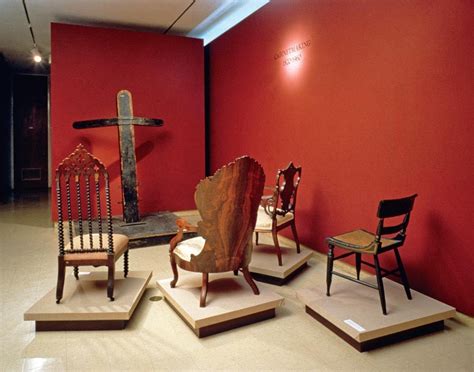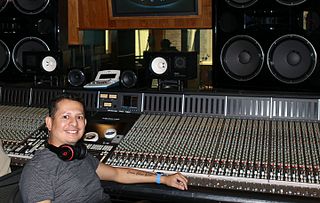A Quote by Richard Branson
Setting customer expectations at a level that is aligned with consistently deliverable levels of customer service requires that your whole staff, from product development to marketing, works in harmony with your brand image.
Related Quotes
Traditional sales and marketing involves increasing market shares, which means selling as much of your product as you can to as many customers as possible. One-to-one marketing involves driving for a share of customer, which means ensuring that each individual customer who buys your product buys more product, buys only your brand, and is happy using your product instead of another to solve his problem. The true, current value of any one customer is a function of the customer's future purchases, across all the product lines, brands, and services offered by you.
The most common way customer financing is done is you sell the customer on the product before you've built it or before you've finished it. The customer puts up the money to build the product or finish the product and becomes your first customer. Usually the customer simply wants the product and nothing more.
Your business should be defined, not in terms of the product or service you offer, but in terms of what customer need your product or service fulfills. While products come and go, basic needs and customer groups stay around, i.e., the need for communication, the need for transportation, etc. What market need do you supply?
All the businesses from the beginning of history have struggled with product development (assuming there is a market, doing the market testing and so on). But now they start with customer development. Get the customer who says, "Yes. I want that. I need it. I wanna use it. I'll pay for it." And then you go back and work with your engineers. It is changing the world!
Look, I think that when we started Virgin Atlantic 30 years ago, we had one 747 competing with the airlines that had an average of 300 planes each. Every single one of those have gone bankrupt because they didn't have customer service. They had might, but they didn't have customer service, so customer service is everything in the end.































